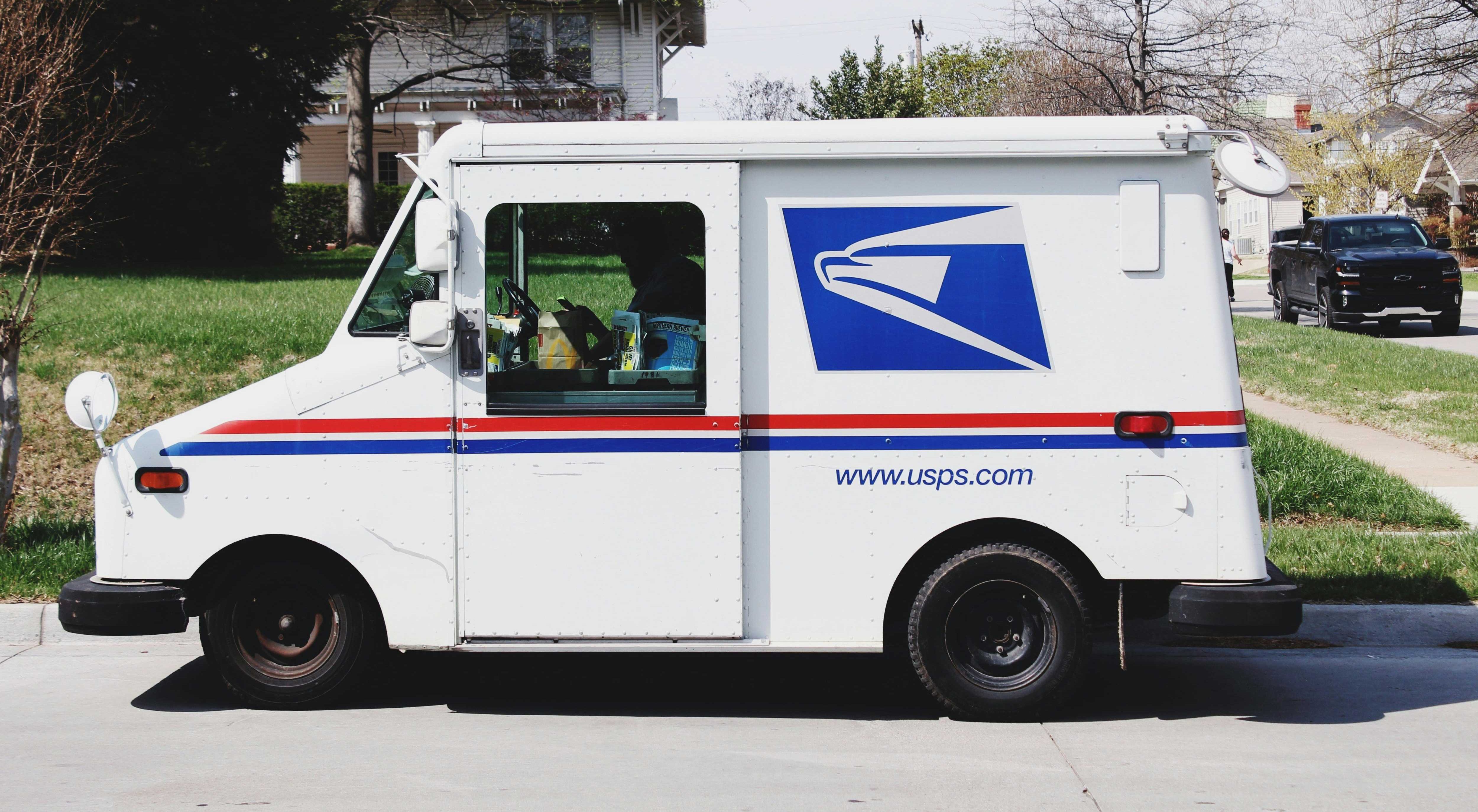His class attendance went from 40% to 93%. Because of a garden?
Stephen Ritz suffered great personal loss. So he refocused on everyone else's kids — and turned a class with a 40% attendance rate to a 93% attendance rate. How?
Steve Ritz was just like any other parent, doing his best to get by. Then tragedy struck.
From that pain, he decided to refocus his energy on helping other kids.
He went to teach in one of the most troubled schools in the South Bronx.
It had a 17% graduation rate, lots of violence, lots of poverty, and lots of really hungry kids. In fact, 99% of Steve's students qualified for free or reduced lunch.
The South Bronx is what those who work in nutrition call a "food desert." A food desert is what happens when a neighborhood or city doesn't have easily accessible and affordable healthy food. All they have are corner stores and fast food, while real grocery stores are in limited supply.
During his work, he discovered that most of the kids who are considered learning disabled wouldn't have been if they'd had proper prenatal nutrition.
Many of the people who live in the South Bronx also suffer from something called "food insecurity." Food insecurity means you don't know where your next meal will come from. For people who live in food deserts, this is a fairly common feeling.
The students that Stephen teaches struggle with all kinds of problems. Most of his kids are homeless. Many are in foster care.
70% of his students were considered "learning disabled" but didn't have to be.
During his work, Stephen discovered that most of the kids who are considered learning disabled wouldn't have been if they'd had proper prenatal nutrition.
Then fate set him and his students on a new path.
One day, someone sent him a donation of daffodil bulbs.
Finding that the bulbs had turned into flowers behind the radiator inspired them to dream big.
So he and the kids created the Green Bronx Machine.
The Green Bronx Machine is a nonprofit devoted to growing healthy food curriculums and economies locally. It teaches kids how to be healthy and provides them with healthy food options, which in turn helps them focus and perform better in and out of school.
Together, they've created a school curriculum around healthy eating and gardening.
The students grow food (30,000 pounds of it to date), and they create sustainable gardens on roofs and in classrooms all over New York (creating jobs for some of the teens in the program). The kids have significantly increased their academic achievement.
And even better? The students get to eat the things they grow and bring food home, too, while learning how to farm and manage food production at the same time.
The bottom line: Teaching kids how to grow things helps them grow.
The kids in Steve's class went from a 40% attendance rate to a 93% attendance rate, and they're getting 100% passing rates on New York State Examinations.
All the data point toward future health and success for the students and the program.
Take it away, Mr. Ritz:
Watch the video and hear their story:
Want to help them make their program even better?
PS 55 donated an old library room with lots of sunlight to create a brand-new learning center for his students. They call it The National Health and Wellness Center at PS 55.
What will it do? According to the site:
Indoor Teaching Farm – we will teach students hands-on about food from seed to harvest, and will connect lessons to classroom curriculum.
Teaching Kitchen – we will teach students how to prepare and cook the vegetables they have just grown to create delicious, healthy meals.
Media and Resource Center – students will have access to computers for data recording and analysis, and internet for research and inter-classroom lessons with other schools across the country and internationally.
Indoor Community Farm – we will grow enough food to send 100 students per week home with bags of fresh vegetables, 52 weeks per year.
If you'd like to help make it a reality, you can donate here.




 The pay is good and you get to drive this sweet truck around!Photo by
The pay is good and you get to drive this sweet truck around!Photo by  Three USPS boxes. via
Three USPS boxes. via 

 Philip painted this blue mountain lake piece with help from a YouTube tutorial. bruncvik/reddit
Philip painted this blue mountain lake piece with help from a YouTube tutorial. bruncvik/reddit  Here's what the painting was "supposed" to look like. She'z ART/YouTube
Here's what the painting was "supposed" to look like. She'z ART/YouTube  I love this haunting purple and orange piece Philip painted! bruncvik/reddit
I love this haunting purple and orange piece Philip painted! bruncvik/reddit  A YouTube tutorial of a sunset river helped Philip learn to paint the scene. She'z ART/YouTube
A YouTube tutorial of a sunset river helped Philip learn to paint the scene. She'z ART/YouTube 
 Traditional strawberry farming takes up a lot of land.
Traditional strawberry farming takes up a lot of land. Strawberries are a wildly popular fruit.
Strawberries are a wildly popular fruit.